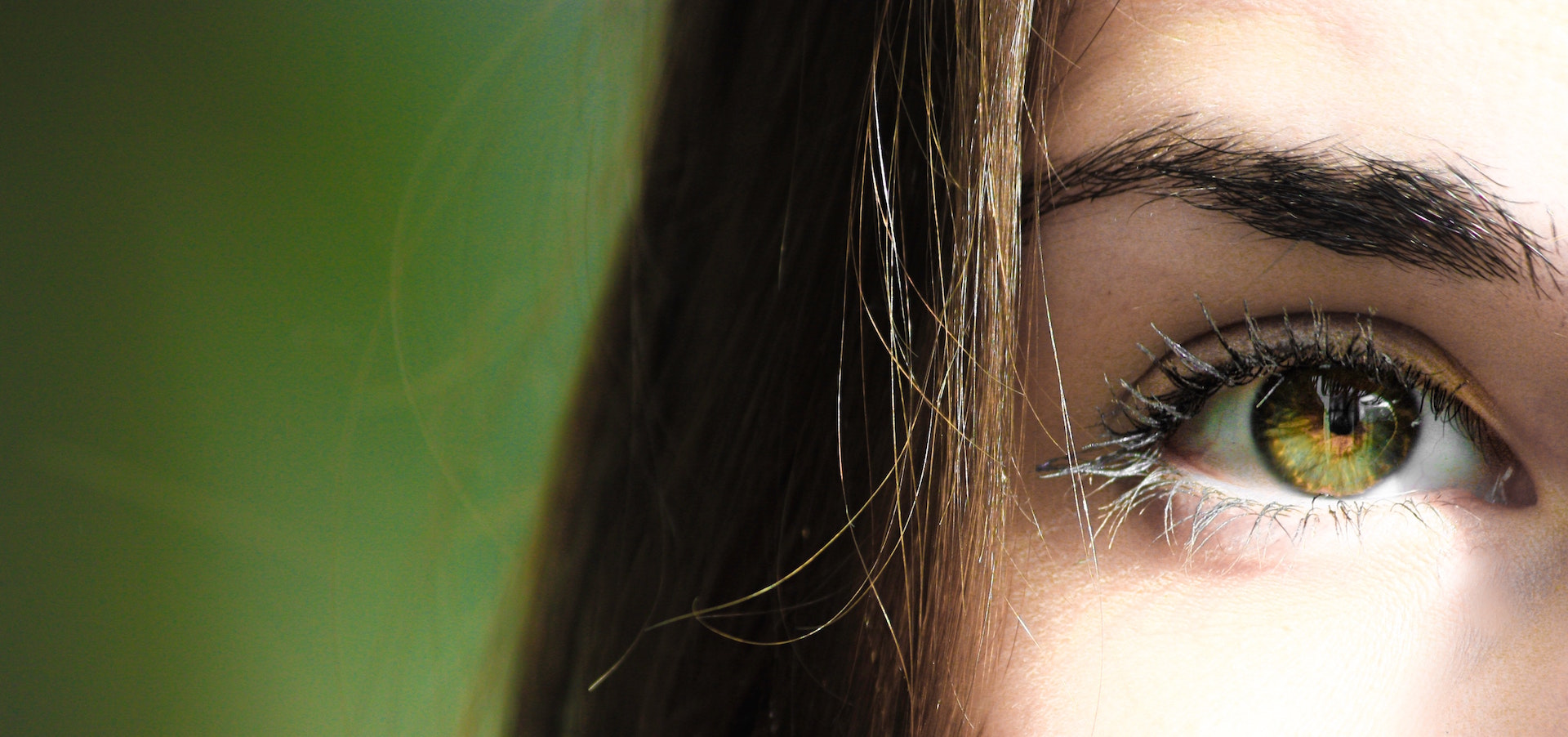I’m sure we have all been there. Sitting there, mouth open, jaw dropped even. Just flabbergasted that the other person completely misunderstood what you had just said. Or the conversation somehow went from pleasant to WWIII in no time flat. What just happened in the other person’s brain?
I once wrote about the Prostitute Archetype, which Caroline Myss has said is one of the survival archetypes we all have. One response I got was “why did you call her a whore?” I wondered if they actually read my article. Apparently someone read it and took it personal. Really personally. And got pissy.
Misinterpreting the written word is easy. Socrates objected to writing which he felt would erode the power of our memory. More relevantly here, he also felt writing is more data than knowledge. Quoting from Dialogues of Plato, Phaedrus, Socrates would not be “sowing words which can neither speak for themselves not teach the truth adequately to others.”
In our data mega dome today, Socrates’ words are taken to a new level. We tend more and more towards scanning content for what appears useful.
People teach that writing scannable articles, with big headings, makes it easier for people to quickly find what they want. This is what makes our writing a valuable resource.
When we scan, what happens is that we are more likely to read superficially. This increases the chances of missing out detail and nuance and reduces our overall comprehension. It also reduces our ability of abstract thinking. Readers are “trained” to skip from article to article, and topic to topic, looking for what they (think) they need.
It can also, as in the example mentioned above, trigger a person, who will then focus on that misunderstanding, feeling completely insulted. So red they are with anger that they miss out on what is presented.
What we need to remember is that how we filter incoming information and subsequently remember it depends on our previous experiences, assumptions, beliefs, and so on.
We don’t see things as they are, we see them as we are. Anaïs Nin
In the fascinating and easy-to-read book The Forgetting Machine by neuroscientist Rodrigo Quian Quiroga, we learn more about how the eye really sees and how the brain records memories. (FYI he wrote it with a sophomore student in mind, wanting to share the latest in neuroscience, hoping to pique curiosity for the field.)
The eye, unlike a camera lens, does not process information uniformly.
But I can see everything in my field of view in detail, you may think. That is the illusion.
The only thing we see in detail is what is in the very centre of that field.
The fovea, a depression less than 2mm in the centre of the retina, is the location of our clearest vision and the most colour perception. Its high concentration of photoreceptors means we receive a lot of information from it. From the centremost point of our vision field.
We appear to see much more in detail because of the unconscious side-to-side movements our eyes make, about three per second.1 Additionally the on-centre and off-centre ganglion neurons in the retina form a centre-surround organization which helps us see contrasts and edges.
This is an efficient method of resource allocation, by encoding relevant information. This means not all information is received. Instead of the full gradation of light on the wall, we see enough to imply it. Loosely speaking, we get some good details and we fill in the rest.

What do we focus on?
It depends on what we are doing. In any case, we focus on what we believe to be the most important, and to what stands out. When looking at someone, it’s shown that we look mostly at the eyes, nose, and mouth. Maybe that’s why some people don’t notice your new hairdo? If we are looking for someone in a crowd, we are scanning for the person’s most striking or relevant attributes, perhaps his clothing, hair, height, eye glasses, his shuffling, etc.
The quote above that is commonly attributed to Anaïs Nin is another way of saying sensation is different from perception. Sensation is the reception by the sensory organ such as the eye while perception is interpretation. While the eye receives the stimulus, it is the brain that creates the image. We use unconscious inferences to construct our reality and these inferences come from our past.
The Eye & The Brain
Why does Rodrigo Quian Quiroga write about our visual processing? How we store memories is a very similar process. Instead of encoding all information, the brain processes in parallel and redundantly in different ways so that we can extract meaning. Like what we see, what we remember is not a perfect replica of reality. Furthermore, what we remember is not incorruptible. Memories are malleable.
In the chapter How Much Do We Remember, Rodrigo Quian Quiroga shares about an experiment of philosopher and psychologist Frederic Bartlett. He had Cambridge students read “War of the Ghosts”, a Native American folk legend. The results showed that recollections were short and simplified. Perhaps more interestingly, what the students recalled also varied, depending on the student’s personal interpretations.
At each time interval that the students were asked to retell the story, changes were made until it hardly resembled the original version they were asked to read. What happened was the students made interpretations and associations when they first read it. Later, using their own schema, they recreated the story.
What Does This Mean?
It basically means “it’s me, not you.” More specifically, it’s my brain, my experiences, and my beliefs.
Our underlying beliefs lead to subconscious inferences which mold what we find important, and which we use to recreate “reality.”
If a person believes truly wealthy people are humble, he is more likely to react in judgment to someone sharing about how well their business is going and the amazing financial windfall they are enjoying. He may conclude this happy grateful business owner is boastful and arrogant or that the business owner really isn’t that wealthy.
A person may feel he is the only person who contributes to the family. The way he sees it is that he works and he works hard. That he cooks, he cleans, he does the budgeting and his partner does nothing but watch TV at home and play around with her hobbies. It’s from this schema that he sees all her actions, even ignoring evidence pointing otherwise.
What We Bring to the Table
We all have baggage – beliefs and fears we are aware of, and many more we are not aware of. We have beliefs that we have inherited, learned, adopted, and accepted in some way. What is subconscious can be in conflict with what is conscious. We have judgment, defensive mechanism, coping strategies, and trapped emotions that stand between what we are hearing and seeing and truly hearing and seeing the other person.
As we retrieve memories and their associated emotions, similar neurons can also fire. This means that because of your close resemblance to someone else, an unconscious association and inference can lead to similar feelings being related to you. Even if you had not done anything to elicit such a response, positive or negative.
So the next time before you get all pissed off, take a deep breath and remember that we don’t see, hear, or remember things as they are. We see, hear, and remember things from where we are. This may mean in that moment, you or the other person may have walked into the conversation coming from a rough day, with unhappy feelings as the backdrop.
We cannot change how another person perceives us or even how they treat us. We certainly can choose how we respond. It’s no easy task in the beginning. It’s quite a radical change from how most people behave when they feel affronted – “an eye for an eye makes the whole world blind.” The effort to work on our underlying beliefs, build stress relief strategies, be more present, and have an indestructible wild sense of humour is worth it.
1 The Forgetting Machine by Rodrigo Quian Quiroga. Translated by Juan Pablo Fernández. BenBella Books, 2017. p26.
2 Anatomy, Head, Eye, Fovea by Ibraheem Rehman1; Tayyeba Ali. Updated January 14, 2018.[link]

